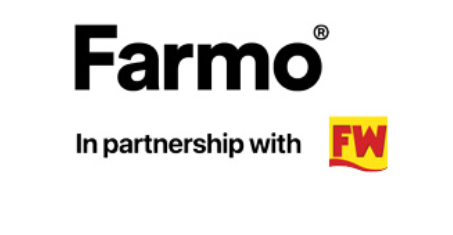What’s your nitrogen buying policy?
Andrew Gloag, North Yorkshire
“The incentive is to go for as much first wheat and break crops as possible (eg spring beans and oilseed rape) and reduce the reliance on second wheat.
“The potential is there with first wheat, but unless wheat prices are near 80/t, second wheat isn’t going to stack up.”
All liquid fertiliser is usually bought between the Cereals Event and harvest and he plans on doing the same this year, when cropping plans have been finalised.
Nigel Horne, Berkshire
“But we grow mainly milling wheat and have got to hit 13% protein, so may end up applying the same amount as normal.
New crop oilseed rape prices also seem to be going up, so it will be difficult to justify cuts in nitrogen rates.
We’ll wait to see how the market settles down.”
Richard Solari, Shropshire
“It suits us not to have fertiliser on farm until as late as possible, once the harvested crops are out of the way.”
He is buying a new sprayer and is considering switching to liquid N to help spread the cost of the new machine.
“We will delay any decision until after the Cereals Event.”
Troy Stuart, Devon
“If you’ve got the space to store it and the cash flow, it’s best to buy it as early as you can.
The UK market isn’t oversupplied and we’re not getting the quantity of imports to help reduce prices.”
Ben Atkinson, Lincs
We’ve got the bulk tanks already, so are prepared to buy now if the price is right.”
John Barrett, Suffolk
“We’re not relying on inorganic fertiliser.”
Fields are tested for soil N and all fertiliser is bought through the Sentry buying group.
John Hutcheson, Fife
“We tried liquid N on 200 acres of spring oats this year and it seemed to work well, so we’re looking to source half to two thirds of N fertiliser as liquid.”
He is also trialling municipal waste compost, spread on set-aside or winter stubbles and hopes to use more in future seasons and substitute some artificial N, P and K.

